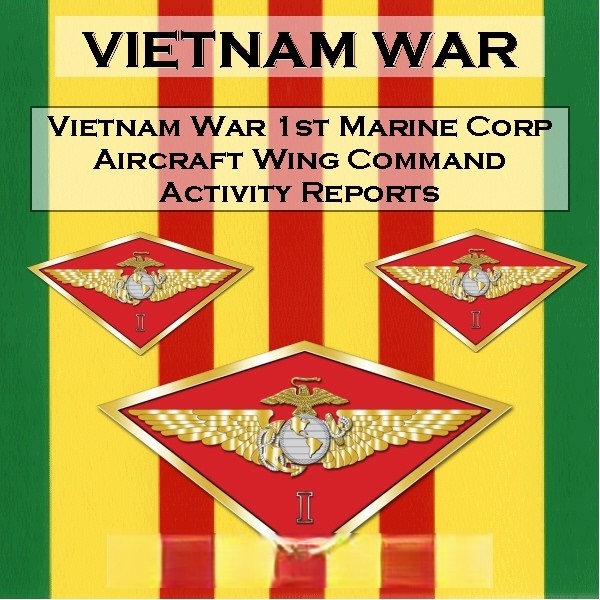
Vietnam War 1st Marine Corp Aircraft Wing Command Activity Reports
$19.50
Description
1st MAW: Vietnam War Timeline and Key Personnel
Timeline of Main Events (Based on Source)
- April 1962: The 1st Marine Aircraft Wing (1st MAW) begins providing helicopter air support to the Army of the Republic of Vietnam (ARVN).
- May 1965: Headquarters of the 1st MAW are moved to South Vietnam. This marks the significant deployment and buildup of the Wing in the country.
- May – June 1965: The 1st MAW Command Histories (Command Diaries) for these months cover the deployment and buildup of the Wing in South Vietnam, including the disposition of forces, establishment of airbases, operational activities, and VIP visits.
- July 1965: The report format for the 1st MAW Command Histories changes, expanding to four parts with more detailed organizational data, narrative summaries, significant events, and supporting documents.
- November 1968: The 1st MAW participates in Operation Meade River, described as the largest heliborne assault in Marine history.
- November 1968 (Subsequent): The 1st MAW participates in Operation Dewey Canyon.
- January 1969: The 1st MAW participates in operations in the Ashau Valley.
- 1970: The format of the 1st MAW Command Histories is paired down, with Supporting Documents consisting almost exclusively of subordinate unit command histories.
- February 1971: The coverage in the 1st MAW Command Histories expands again, with Part IV Supporting Documents returning to highlighting some staff offices’ command histories (G-1, G-2, G-4, Wing Medical Officer, and Wing Chaplain).
- 1971: The 1st MAW provides logistical and transport support to RVNAF forces during Operation LAM SON 719, the South Vietnamese incursion into Laos to cut the Ho Chi Minh Trail. This is noted as the last major operation for the Wing mentioned in this source.
- April 1975: The 1st MAW participates in Operation Frequent Wind, the largest helicopter evacuation in history and the evacuation of the American Embassy in Saigon.
- December 1975: The period covered by the 1st Marine Corp Aircraft Wing Command Activity Reports ends.
Cast of Characters (Principle People Mentioned)
This source primarily focuses on the activities and structure of the 1st Marine Aircraft Wing. Therefore, it doesn’t explicitly name many individual principal people. However, we can infer the roles of key individuals and groups:
- Commanding Officer, 1st Marine Aircraft Wing (1st MAW): This individual would have been the principal leader responsible for the Wing’s operations and deployment. Their identity is not specified in these excerpts, but the reports themselves would document their actions and directives.
- Staff Officers (G-1, G-2, G-3, G-4, G-5): These are key staff positions within the 1st MAW headquarters, each responsible for specific areas:
- G-1: Personnel and Administration (including morale and welfare programs, career planning).
- G-2: Intelligence.
- G-3: Operations and Training.
- G-4: Logistics.
- G-5: Civil Affairs (mentioned in the context of establishing and operating various offices). The heads of these sections would have been principal figures in the Wing’s daily functioning and planning.
- Subordinate Commanders: These individuals led the various units and squadrons under the command of the 1st MAW. Their actions and reports would be detailed in the supporting documents of the Command Histories.
- Wing Medical Officer: Responsible for the medical aspects of the 1st MAW. Their command history was highlighted in later reports.
- Wing Chaplain: Responsible for the religious and spiritual needs of the personnel within the 1st MAW. Their command history was also highlighted in later reports.
- VIP Visitors: While not permanent members, various high-ranking officials and dignitaries would have visited the 1st MAW, and these visits were deemed significant enough to be recorded. Their identities would vary.
- Personnel of the 1st Marine Aircraft Wing: The collective group of Marines serving in the 1st MAW, whose activities, deployments, and casualties are documented in the reports.
- Personnel of the Army of the Republic of Vietnam (ARVN): The South Vietnamese military forces that the 1st MAW initially supported and later conducted operations alongside.
- Communist Forces: The opposing forces in the Vietnam War, against whom the 1st MAW’s operations were directed.
- Personnel of the Republic of Vietnam Air Force (RVNAF): The South Vietnamese air force, which the 1st MAW supported logistically and with transport during Operation LAM SON 719.
- American Embassy Personnel (Saigon): The civilians evacuated during Operation Frequent Wind in April 1975, indicating the broader impact of the 1st MAW’s operations at the end of the war
Vietnam War: 1st Marine Corp Aircraft Wing Command Activity Reports
15,823 pages of 1st Marine Aircraft Wing command chronologies (histories), dating from May 1965 to December 1975.
The 1st Marine Aircraft Wing (1st MAW) saw service in the Vietnam War, beginning with providing helicopter air support to the Army of the Republic of Vietnam (ARVN) in April 1962, through Operation Frequent Wind, the largest helicopter evacuation in history and the evacuation of the American Embassy in Saigon in April 1975.
In May 1965, 1St MAW’s headquarters were moved to South Vietnam. The 1st MAW’s mission was to provide close support for operational forces, originally mostly Marine, later Marine and Army operations and to interdict and harass Communist forces. The Wing provided close air support, helicopter lift, and fixed wing supply operations that allowed Marine units to operate at greater distances away from their home bases. They also took part in tactical bombing of targets in North Vietnam.
Much of the Wing’s activities were dictated by the Air-Ground Team concept. The 1st MAW participated in the largest heliborne assault in Marine history during Operation Meade River and the subsequent Dewey Canyon Operation in November 1968 and in Ashau Valley during January 1969. The last major operation for the Wing was providing logistical and transport support of RVNAF forces during Operation LAM SON 719, the South Vietnamese incursion into Laos to cut the Ho Chi Minh Trail.
The 1st Marine Aircraft Wing (MAW) Command Histories (called Command Diaries) for May and June 1965 cover the deployment and buildup of the Wing in South Vietnam. The reports have three main parts, Organizational Data Sheet; Narrative Summary of Highlights; and a third part entitled Informational Messages. The Organizational Data Sheet covers primary headquarters, staff, and subordinate commanders and provides strength statistics. The Narrative Summary highlights activities of the 1st MAW’s deployment to South Vietnam. These highlights include disposition of forces, establishment of airbases, operational activities, and VIP visits. The third section contains unit situation reports, movements, deployments, and problems.
The report format changed in July 1965. The first of four parts contain the sections Organizational Data. Added was an outline of the activity of the primary headquarters, staff, and subordinate commanders and strength statistics. Part I also included a listing of the VIP visits.
Part II titled Narrative Summary, contains a chronological summary and analysis of the primary activities and operations of the 1st MAW during the reporting period. The summary also contains notations referring to the supporting documents in Part IV.
Part III titled Significant Events, contains summaries referring to specific topics and also highlights ground operations supported by 1st MAW. These topics include the activities of G-1, G-2, G-3, G-4, and G-5 staff offices and subordinate command offices; descriptions of programs and plans, including the morale and welfare program; establishment and operation of various other offices, including civil affairs, informational services, and communications-electronics; and discussion of various special topics, including awards, casualties, and major operations.
Part IV titled Supporting Documents, contains a variety of materials, including staff office and subordinate unit command histories, situation reports, operational and wing command orders, command directories, and special topics. Each command history includes a table of contents.
Beginning in 1970 the sections were paired down. The Supporting Documents began almost exclusively consisting of subordinate unit command histories. The Career Planning Newsletter, from the G-1 Command History, is the only supporting document highlighted.
The coverage contained in the reports expanded in February 1971, the 1st MAW Command History’s Part IV Supporting Documents returned to highlighting some of the staff offices’ command histories. These include G-1, G-2, G-4, the Wing Medical Officer, and the Wing Chaplain. The G-3 Command History is not highlighted, but the supporting documents of the G-3 Command History are attached.






Related products
-
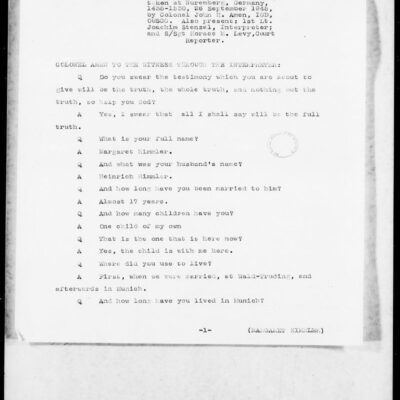
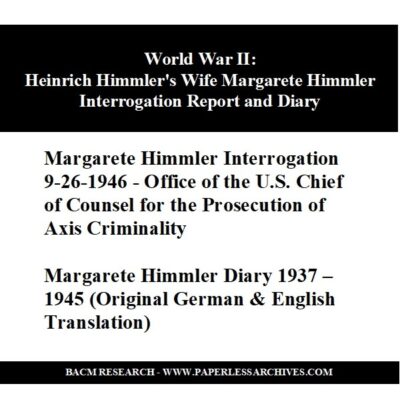
World War II: Interrogation Report and Diary of Margarete Himmler, Wife of Heinrich Himmler
$3.94 Add to Cart -
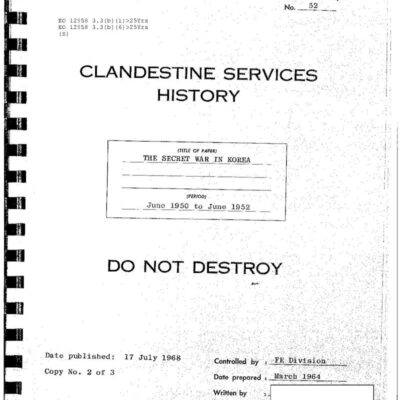
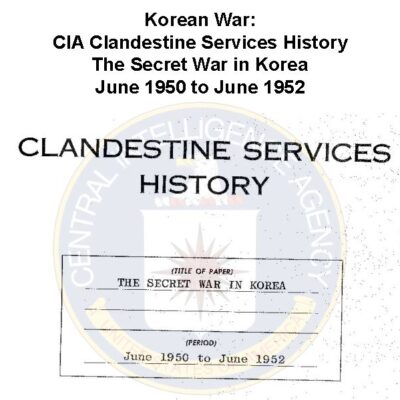
Korean War: CIA Covert Operations History – The Secret Conflict in Korea
$3.94 Add to Cart -
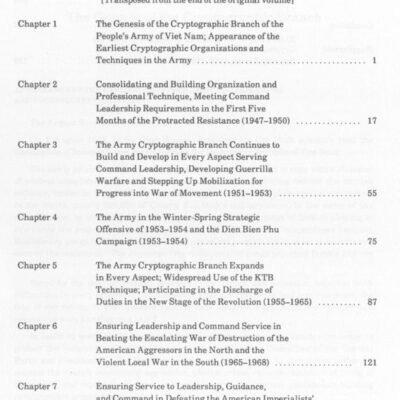
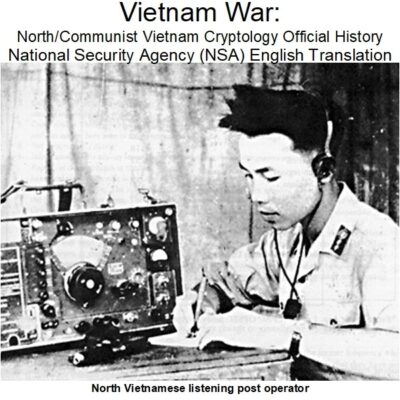
Vietnam War: Cryptology in North Vietnam – NSA Official History
$4.90 Add to Cart -
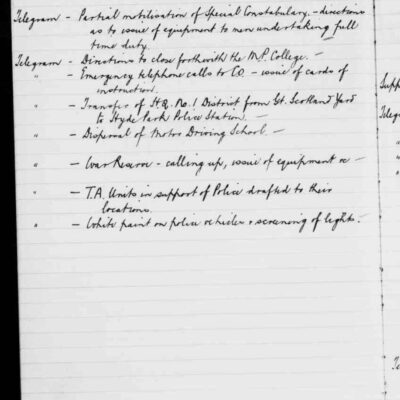
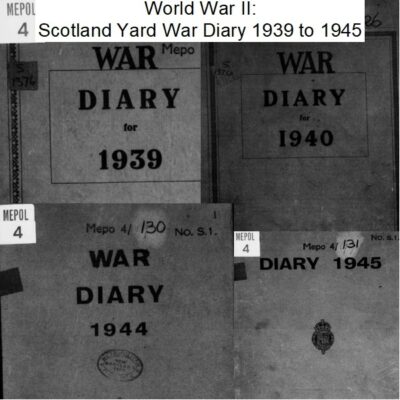
World War II: Scotland Yard War Diary from 1939 to 1945
$3.94 Add to Cart